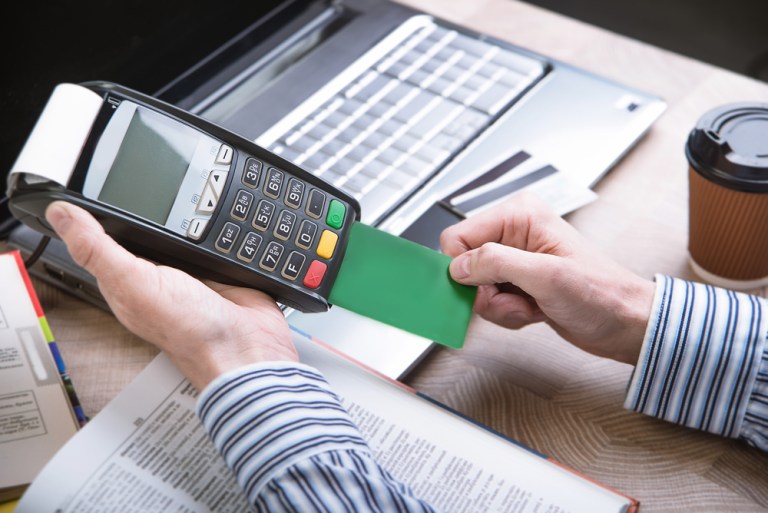
As the U.S. continues to embrace EMV (though slowly compared to other nations), technology, especially mPOS, is moving commerce beyond chip cards and PINs.
In an interview with PYMNTS, Alex Choi, chairman of BBPOS, stated that, in the transition to EMV, “the United States has done a lot of work,” but that more work remains to be done. The key trend that is underway and must accelerate is one where consumer behavior itself must change. This is true, especially in the United States, he added, where consumers, newly being introduced to mPOS and EMV, “are not used to waiting for their transactions” to be completed, as has been common for chip cards. And, for smaller merchants, he added, there’s been initial hesitation with committing to the new equipment but, with smaller formats (and, in some cases, smaller transactions in terms of value), becomes a clearer choice, especially as the use of digital transactions in lieu of actual cash grows.
In a recent example of BBPOS’ push into the smaller merchant client base, the company last month signed an agreement with Smart Card Marketing Systems, through which the companies integrate EMV, Bluetooth and NFC devices, which should have allure for smaller merchants, keeping client banks, telecoms or merchants from having to build out more hardware ecosystems to manage transactions. In essence, the function is app-enabled, and the transaction is done with the push of a button. Smart devices operate on both ends of the transaction, at both the merchant and the consumer points, said Choi.
Separately, Ben Lo, founder and chief technology officer, told PYMNTS that beyond mPOS, the Smart Card relationship demonstrates that, for adjacent payments interactions, there is not necessarily the need to “study software development kits and communicating with payment processors or the acquiring bank.”
And one place where device integration is looking bright in other areas cited by both BBPOS executives: next-generation vending machines. Speaking of one company in the space, Lo said that turnkey solutions, such as the Smart Card one, has appeal. “The vending market,” added Choi, “is one that holds a lot of promise but is also one that is waiting for the right solution.” One key impetus for device integration will continue to be the digital transformation mentioned above; as Lo noted, phones and other smart devices are recognized as becoming more secure than plastic cards in the sense that they involve “at least one more form of authentication, whether it is a fingerprint or PIN.”